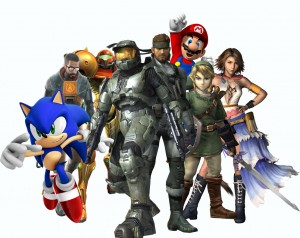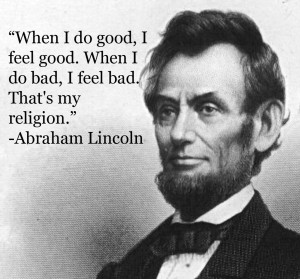Who need reality when you have video games? I still remember being in elementary school playing Diablo II over AOL with a few friends. I would sit and play for hours on end without even realizing the time that went by. One quest in the game, turned into a two or three hour adventure in which I was lost in virtual reality with no concept of time. In Reality is Broken: Why Games make us Better and How They Will Change the World by Jane McGonigal a game designer, game researchers and author; she brings up the point that kids are turning to virtual reality because it offers more than reality and it allows some to excel in a different arena then in real life.
McGonigal says, “The real world just doesn’t offer up as easily the carefully designed pleasures, the thrilling challenges, and the powerful social bonding afforded by virtual environments. Reality doesn’t motivate us as effectively. Reality isn’t engineered to maximize our potential. Reality wasn’t designed from the bottom up to make us happy.”
I think that this statement is bullshit and short sighted. Video games to further the world, they do not drive society in a forward motion. Reality is not always meant to be perfect and life is what you make of it: just like life in your virtual reality. Maybe if kids started spending 20-30 hours a week on going outside and playing pickup games like kids have done for the last century they would have a more exciting reality. People have become increasingly demanding with their desires and goals in life; the side effect is a lack of patience and determination. Life is hard work and hard work pays off but it takes time. People love virtual reality because they can get what they want right away, without any repercussions and judgment, but it also makes people more private and secretive in real life which translates to a less stable and more fragile community.
Games are great and they allow us to create and fulfill fantasy, but it is not a solution or substitute for reality. Everything is good in moderation, and gamers need to learn that; anything in excess is bad for you, even video games. A gaming reality is a reality for simple minded people; it is no different than dealing with the world by turning to drugs and using that to supplement the real world. The ups and downs in life is what makes life so wonderful and special. Only in real reality do you get to truly and wholly experience the powerful emotions that life throws your way, which no video game can ever give to its user. life should be celebrated and not thrown by the wayside for the newest trendy game. Don’t run from reality, deal with it! When life throws you lemons, make lemonade out of that sh*t!






